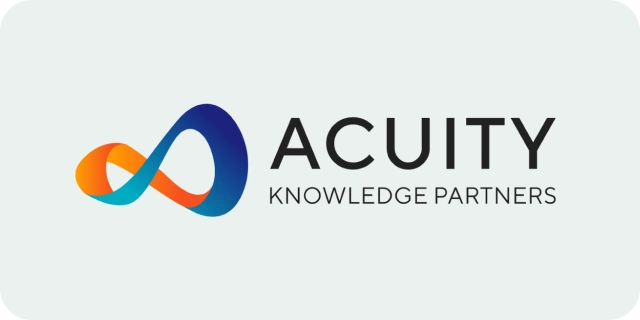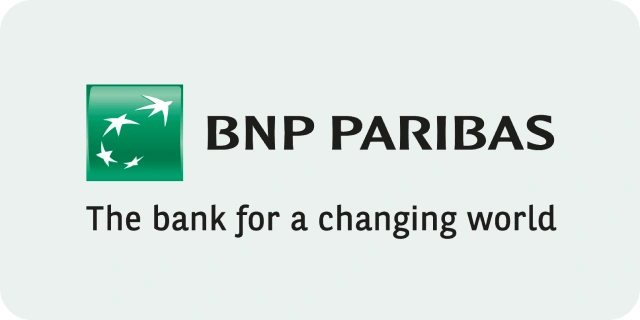

Financial Risk Manager (FRM®) Certification

90+ Countries Recognise FRM Certification
90,000+ FRM Professionals Worldwide
₹22 LPA Average Salary
Unlock Careers at Big 4s and MNCs
Download Brochure
Apply Now


8-9 Months
Live Online + Session Recordings
No pre-requisites required



Master Financial Risk Management with Industry-focused Preparation
Prepare for the FRM Certification with expert-led training, globally trusted study material, personalized mentorship, and extensive practice. Build in-depth knowledge of financial risk management, sharpen your problem-solving skills, and develop the confidence needed to clear the exam and advance your career.
Prepare for the FRM Certification with expert-led training, global study resources, mentorship, and practice to master risk management and clear the exam.
Trusted by millions of users worldwide



Top global companies that hire FRM® professionals
Financial Risk Manager (FRM®) – The gold standard in risk management
The Financial Risk Manager (FRM®) Certification by GARP® is the gold standard in financial risk management, validating market, credit, and operational risk expertise. The certification consists of two exam levels covering risk assessment, valuation, and financial analytics. FRM is highly valued by top banks, investment firms, and regulatory bodies worldwide. The program equips professionals with advanced risk management skills and quantitative analysis expertise. FRM-certified individuals are sought after for roles in risk consulting, treasury, and portfolio management.

Curriculum
The FRM® Certification consists of two computer-based exams designed to assess practical risk management skills.
Part I: 100 questions
4 hours per exam
Part II: 80 questions
Covers risk management tools, theories, and applications.
Part I
Part II
Foundations of Risk Management | 20%
This area focuses on foundational concepts of risk management and how risk management can add value to an organization. The broad knowledge points covered in Foundations of Risk Management include the following:
Topics covered
Basic risk types, measurement, and management tools
Creating value with risk management
Risk governance and corporate governance
Credit risk transfer mechanisms
The Capital Asset Pricing Model (CAPM)
Risk-adjusted performance measurement
Multifactor models
Data aggregation and risk reporting
Financial disasters and risk management failures
Ethics and the GARP Code of Conduct
Enterprise risk management (ERM)
Quantitative Analysis | 20%
This area focuses on basic probability and statistics, regression and time series analysis, and various quantitative techniques useful in risk management. The broad knowledge points covered in Quantitative Analysis include the following:
Topics covered
Discrete and continuous probability distributions
Estimating the parameters of distributions
Population and sample statistics
Bayesian analysis
Statistical inference and hypothesis testing
Measures of correlation
Linear regression with single and multiple regressors
Time series analysis and forecasting
Simulation methods
Machine learning
Financial Markets and Products | 30%
This area focuses on financial products and the markets in which they trade, more specifically, the following knowledge areas:
Topics covered
Structures and functions of financial institutions
Structure and mechanics of over-the-counter (OTC) and exchange markets
Structure, mechanics, and valuation of forwards, futures, swaps, and options
Hedging with derivatives
Interest rates and measures of interest rate sensitivity
Foreign exchange risk
Corporate bonds
Mortgage-backed securities
Valuation and Risk Models | 30%
This area focuses on valuation techniques and risk models. The broad knowledge points covered in Valuation and Risk Models include the following:
Topics covered
Value-at-Risk (VaR)
Expected shortfall (ES)
Estimating volatility and correlation
Economic and regulatory capital
Stress testing and scenario analysis
Option valuation
Fixed-income valuation
Hedging
Country and sovereign risk models and management
External and internal credit ratings
Expected and unexpected losses
Operational risk
Download Curriculum



FRM exam structure
The FRM® Certification consists of two computer-based exams designed to assess practical risk management skills. Part I includes 100 questions, while Part II has 80 questions, both equally weighted. Candidates get 4 hours per exam, covering key risk management tools, theories, and applications.
*Note: For the latest update on exam fee check the GARP website.
Join Now
Know your faculty



FRM career tracks
Whether it's risk analysis, market strategy, financial consulting, or portfolio management, FRM® is the ultimate certification to learn from industry experts and become a leader in financial risk.
A risk analyst, also referred to as a risk assessor, evaluates potential business impacts and assists companies in managing risks. By leveraging data analysis, modeling, and reporting, they provide insights that enable businesses to make well-informed decisions.
Avg. Salary in India:
₹7.8 lakhs per year
Avg. Salary Abroad:
$87,001 per year

See yourself in one of these roles?
Enrol Now
How to become an FRM® certified professional?
Your step-by-step roadmap to success with Imarticus Learning
Pass the FRM® Exam
Successfully clear both levels of the FRM® exam, a prerequisite for applying for the charter.
Gain Relevant Work Experience
Acquire two years of full-time experience in financial risk management or a related field.
Apply for the FRM® Charter
Submit your membership application to GARP® along with proof of your work experience.
Receive Your FRM® Designation
Once approved, you will earn the prestigious FRM® designation, enhancing your professional credibility.
Enrol Now



Certification of excellence
Earn a prestigious credential that validates your expertise and enhances your credibility in financial risk management.

Program fee



Pay Now
Frequently asked questions
The Financial Risk Manager (FRM) certification, awarded by GARP, is the global standard for risk management professionals. It validates expertise in market risk, credit risk, operational risk, and investment risk management.
The FRM focuses on risk management, covering topics such as valuation, risk models, and integrated risk management. The CFA provides a broader finance perspective but does not delve as deeply into risk. Many professionals pursue both certifications for a competitive edge in finance.
The FRM certification is globally recognised, with 90,000+ certified professionals working at leading banks, asset managers, hedge funds, consultancies, and regulatory bodies. It enhances career opportunities in risk management and finance.
No, membership is not required to register for the exam. However, enrolling in the FRM Program includes a one-year Individual Membership, which can be renewed. Certified professionals receive a discounted membership rate.
No, but GARP recommends CPD participation to maintain the value of certification. The program requires earning 40 credits every two years, with one credit per hour of relevant learning.
There are no eligibility requirements for this exam; even individuals who have just completed their 12th grade can take it.














































